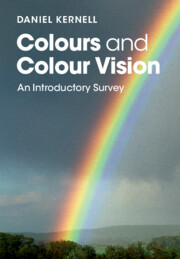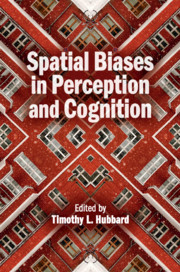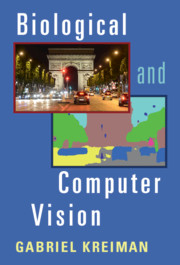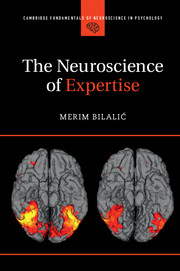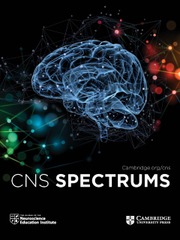Colours and Colour Vision
Colours are increasingly important in our daily life, but how did colour vision evolve? How have colours been made, used and talked about in different cultures and tasks? How do various species of animals see colours? Which physical stimuli allow us to see colours and by which physiological mechanisms are they perceived? How and why do people differ in their colour perceptions? In answering these questions and others, this book offers an unusually broad account of the complex phenomenon of colour and colour vision. The book's broad and accessible approach gives it wide appeal and it will serve as a useful coursebook for upper-level undergraduate students studying psychology, particularly cognitive neuroscience and visual perception courses, as well as for students studying colour vision as part of biology, medicine, art and architecture courses.
- Explains technical concepts in an accessible fashion and includes a glossary of specialised terms
- Features a detailed account of inherited colour vision deficiencies to enable a better understanding of the mechanisms and consequences of common kinds of colour blindness
- Describes various complexities of sensory functions in the context of colour vision
Reviews & endorsements
'… this book is exactly what it says on the cover: an introductory survey, and an excellent one at that. It is likely to inform and benefit quite a broad readership both within and without academia and I recommend it, particularly for mid-level to advanced undergraduate students of psychology or cognitive neuroscience taking visual perception courses. It will make a good read for anybody else interested in colour vision with a broad art, science or technology background or just curious.' C. Alejandro Parraga, Perception
Product details
March 2016Paperback
9781107443549
271 pages
243 × 174 × 14 mm
0.65kg
20 b/w illus. 45 colour illus. 7 tables
Available
Table of Contents
- 1. Colour vision in everyday life
- 2. The signals of colours: light and wavelengths
- 3. Colours and viewing conditions: not only local wavelengths
- 4. Our biological hardware: eye and brain
- 5. Eyes with unconventional properties: the 'red-green blinds'
- 6. Other kinds of unconventional colour vision
- 7. Colour vision in different species of animals.

